Often when we think about a brand, we picture their visual identity; their logo, colours, or even a popular advert we’ve seen. But whilst doing this, we will also have subconsciously developed a series of beliefs about what that brand stands for, or what it offers to consumers. You may align with a brand that provides great customer service, a luxury lifestyle and superior quality but equally depending on the product or service, you could align with another brand which is cheap and cheerful, with no frills and delivers average quality.
Brand values
From a branding perspective, neither of these opposing views are a bad thing. If your brand has purposely positioned itself appropriately to be attractive for its ideal customer, then it’s working hard for you. If we consider the aviation industry for example, there is a choice of airlines who essentially, provide the same thing; i.e. they fly travellers from point A to point B. The key differences which influence your decision when deciding which to book (assuming the travel times are out of the equation), are usually price and service.
At the cheaper end of the Australian scale, Tigerair offers a ‘no frills’, cost effective option for travel with all additional services still available, but at an extra charge, allowing travellers to fly at the lowest possible price. At the opposite end of the spectrum is Qantas, who promise to deliver a higher quality service, with add-ons included as standard.
Passengers can usually expect to pay a higher price to fly with Qantas. Both airlines’ core product is the flight itself, but it’s the peripheral services and products that elevate one above the other, at least in terms of perception. And, whilst we cluster travellers as one whole target market, the truth is that both brands have positioned themselves differently to appeal to two unique subsets within this group.
Elevating above hygiene factors
An important point demonstrated in the airline industry is something we call ‘hygiene factors’. These are a basic set of attributes that customers and consumers expect to be present before purchasing or using a product. Often the presence of these does not increase sales, but the absence of them, would dramatically reduce sales. Taking aviation again as an example, every passenger expects to arrive at their destination safely, regardless of how much or little they’ve paid. Some examples of ‘hygiene factors’ include:
Quality
Everyone has a level of quality they are willing to accept and whilst this may fluctuate between audiences, if the product or service doesn’t work, it’s unlikely to have a long life-span.
Innovation
This is my favourite, because every company, product or service must be innovative in some way, otherwise they’d be out-run by their competitors and no longer be a viable business. Customers are less interested in innovation, but more concerned about how that translates into better value.
Reputable
Nice to know, but if you’ve got a great reputation built on decades of heritage, yet the product or service hasn’t evolved to meet the demands of consumers, it doesn’t really mean very much.
The point I’m trying to make here, is not to expect your brand to excel in differentiating itself from your competitors if your positioning is based on hygiene factors. When it comes to brand positioning, you need to dig deeper to understand what customers and consumers value, what their unmet needs are, what their perception of you and your competitors is, and how to fill any unmet needs.
Once a brand is positioned to appeal to your core audience values (which could be a myriad of attributes from price and special features to service and compatibility), how you communicate needs to reinforce your unique selling proposition (USP), consistently and repeatedly.
Brand ambassadors
It is important to understand that your brand communication extends far beyond your marketing activities. Whilst it’s often the marketing team that spearheads and leads the charge, every interaction your audience has with you, is a form of brand communication. If a shop assistant or customer service operator is in a less than favourable mood and you experience poor-quality service, that unsatisfactory experience will align with your perception of the brand, not the person who served you.
Similarly, when you seek technical support online, face to face or over the phone, the level of expertise, care and consideration you receive, either positively reinforces the brand, or completely unravels it which can sabotage the very thing you’re trying to achieve.
Brand differentiation
It’s unlikely that your brand is operating in a monopoly and therefore it is important to constantly remind yourself that customers have choices. Providing them with points of difference between your brand and your competitors helps your brand stand out from the crowd.
So how do you achieve this? One way is through added features. Uber for example, provides the ability to select and rate a driver and is also often cheaper than a regular taxi service. Or, it can be through benefits such as loyalty schemes. It could even boil down to price. Going for the lowest price is not always a bad thing, but it does depend on the product or service on offer.
Sometimes, it’s who has the better marketing as far as your perception is concerned, who wins. For example, Apple focusses on cosmetics and lifestyle whereas Samsung concentrates more on functions and features. They are essentially phones with limited differences, other than how they are marketed.
Remember that your brand perception and positioning extend far beyond your company logo or visual identity. It is vital for businesses to focus on the attributes of their products and services to highlight the value they provide, whilst delivering consistent and coherent communication, and ensure they are reinforced. However, at the very core of this is understanding your market, where the gaps and opportunities are and how to be more appealing to your customers.

